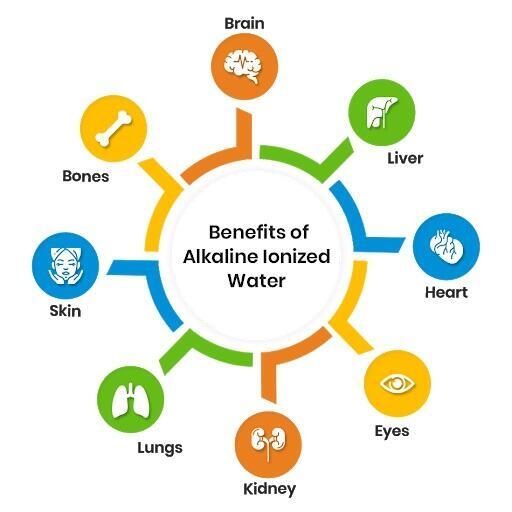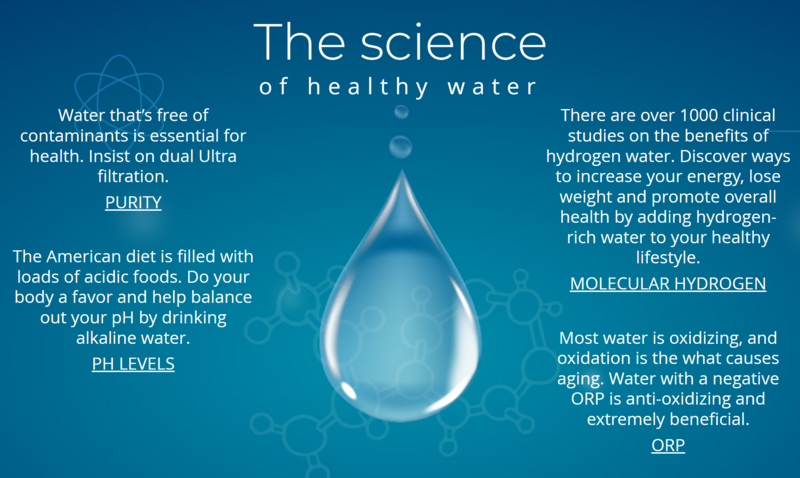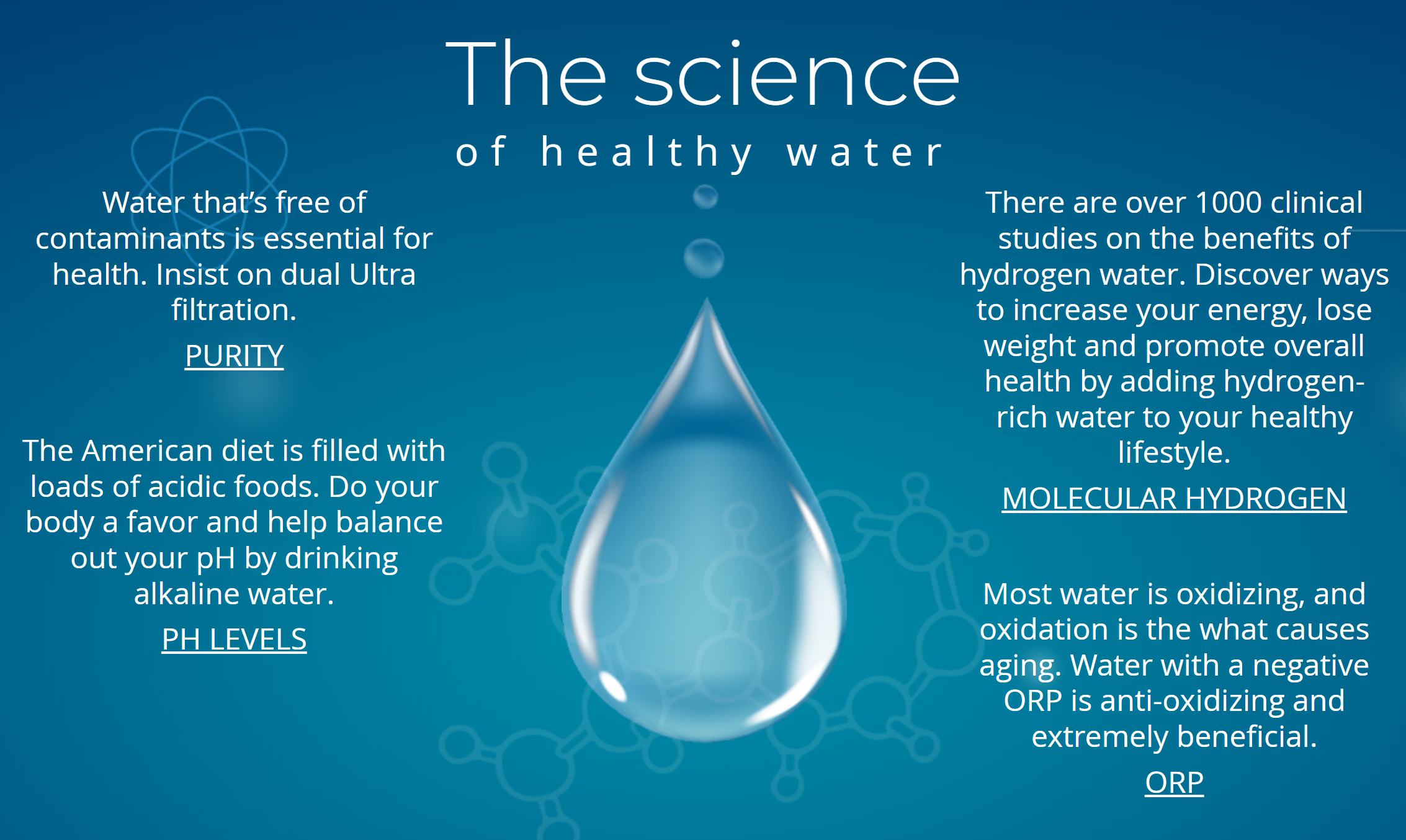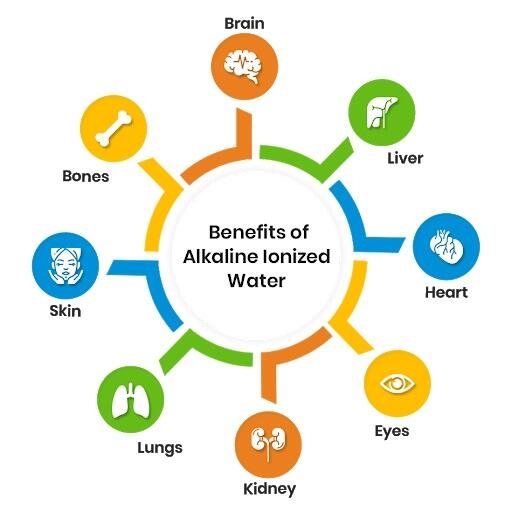Monstrous Bullets Vaporize Targets Before They Even See It Coming
As the arms race intensified, few could have anticipated the astonishing evolution of modern weaponry. Today, we delve into four groundbreaking munitions that redefine lethality on the battlefield.
In 1956, the Air Force unveiled the Lockheed F-104A Starfighter at Edwards Air Force Base, astonishing onlookers with its slender wings and incredible 1,500 miles per hour speed. However, it was a mysterious bump on the fuselage that truly captured attention — the introduction of the M61 Vulcan machine gun. With a jaw-dropping firing rate of 6,000 rounds per minute, this weapon revolutionized aerial combat, blending nearly a century of technological evolution with modern firepower.
As global tensions escalate, the German Bundeswehr has embraced the MANTIS, a rapid-response auto-defense system. Capable of firing 1,000 rounds in just one minute, this state-of-the-art arsenal can obliterate incoming threats with a response time of just 4.5 seconds. In a world of escalating warfare, the MANTIS stands as a formidable shield for Germany and its allies.
Meanwhile, the controversial Raufoss Mk 211 .50-caliber round has emerged as a topic of heated debate. Known for its unparalleled destructive capabilities, this multipurpose ammunition poses a dilemma for military leaders: should such devastating firepower be utilized, or is it too dangerous in populated areas? The whispers surrounding its potential on the battlefield continue to grow, fueling discussions on the ethics of warfare.
Lastly, we spotlight the groundbreaking EXACTO bullet, a self-steering innovation that could transform the role of snipers. Developed by DARPA, this remarkable round navigates environmental challenges with astonishing accuracy, giving soldiers the power to engage distant targets safely and effectively.
https://youtu.be/j0B9cV_bIDY?si=4oOuF_OLrjvQ7YuL
As the arms race intensified, few could have anticipated the astonishing evolution of modern weaponry. Today, we delve into four groundbreaking munitions that redefine lethality on the battlefield.
In 1956, the Air Force unveiled the Lockheed F-104A Starfighter at Edwards Air Force Base, astonishing onlookers with its slender wings and incredible 1,500 miles per hour speed. However, it was a mysterious bump on the fuselage that truly captured attention — the introduction of the M61 Vulcan machine gun. With a jaw-dropping firing rate of 6,000 rounds per minute, this weapon revolutionized aerial combat, blending nearly a century of technological evolution with modern firepower.
As global tensions escalate, the German Bundeswehr has embraced the MANTIS, a rapid-response auto-defense system. Capable of firing 1,000 rounds in just one minute, this state-of-the-art arsenal can obliterate incoming threats with a response time of just 4.5 seconds. In a world of escalating warfare, the MANTIS stands as a formidable shield for Germany and its allies.
Meanwhile, the controversial Raufoss Mk 211 .50-caliber round has emerged as a topic of heated debate. Known for its unparalleled destructive capabilities, this multipurpose ammunition poses a dilemma for military leaders: should such devastating firepower be utilized, or is it too dangerous in populated areas? The whispers surrounding its potential on the battlefield continue to grow, fueling discussions on the ethics of warfare.
Lastly, we spotlight the groundbreaking EXACTO bullet, a self-steering innovation that could transform the role of snipers. Developed by DARPA, this remarkable round navigates environmental challenges with astonishing accuracy, giving soldiers the power to engage distant targets safely and effectively.
https://youtu.be/j0B9cV_bIDY?si=4oOuF_OLrjvQ7YuL
Monstrous Bullets Vaporize Targets Before They Even See It Coming
As the arms race intensified, few could have anticipated the astonishing evolution of modern weaponry. Today, we delve into four groundbreaking munitions that redefine lethality on the battlefield.
In 1956, the Air Force unveiled the Lockheed F-104A Starfighter at Edwards Air Force Base, astonishing onlookers with its slender wings and incredible 1,500 miles per hour speed. However, it was a mysterious bump on the fuselage that truly captured attention — the introduction of the M61 Vulcan machine gun. With a jaw-dropping firing rate of 6,000 rounds per minute, this weapon revolutionized aerial combat, blending nearly a century of technological evolution with modern firepower.
As global tensions escalate, the German Bundeswehr has embraced the MANTIS, a rapid-response auto-defense system. Capable of firing 1,000 rounds in just one minute, this state-of-the-art arsenal can obliterate incoming threats with a response time of just 4.5 seconds. In a world of escalating warfare, the MANTIS stands as a formidable shield for Germany and its allies.
Meanwhile, the controversial Raufoss Mk 211 .50-caliber round has emerged as a topic of heated debate. Known for its unparalleled destructive capabilities, this multipurpose ammunition poses a dilemma for military leaders: should such devastating firepower be utilized, or is it too dangerous in populated areas? The whispers surrounding its potential on the battlefield continue to grow, fueling discussions on the ethics of warfare.
Lastly, we spotlight the groundbreaking EXACTO bullet, a self-steering innovation that could transform the role of snipers. Developed by DARPA, this remarkable round navigates environmental challenges with astonishing accuracy, giving soldiers the power to engage distant targets safely and effectively.
https://youtu.be/j0B9cV_bIDY?si=4oOuF_OLrjvQ7YuL

0 Commentaires
1 Parts
2KB Vue












